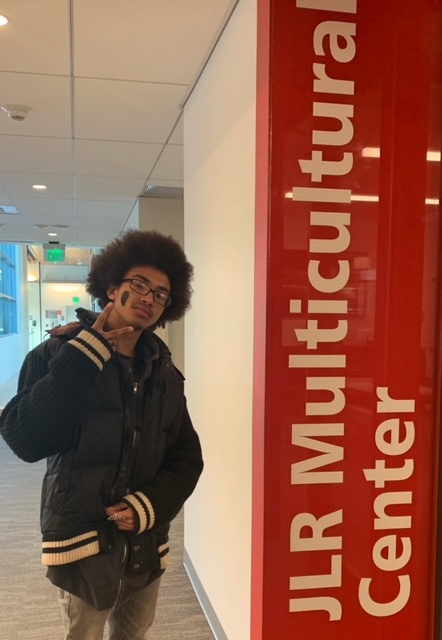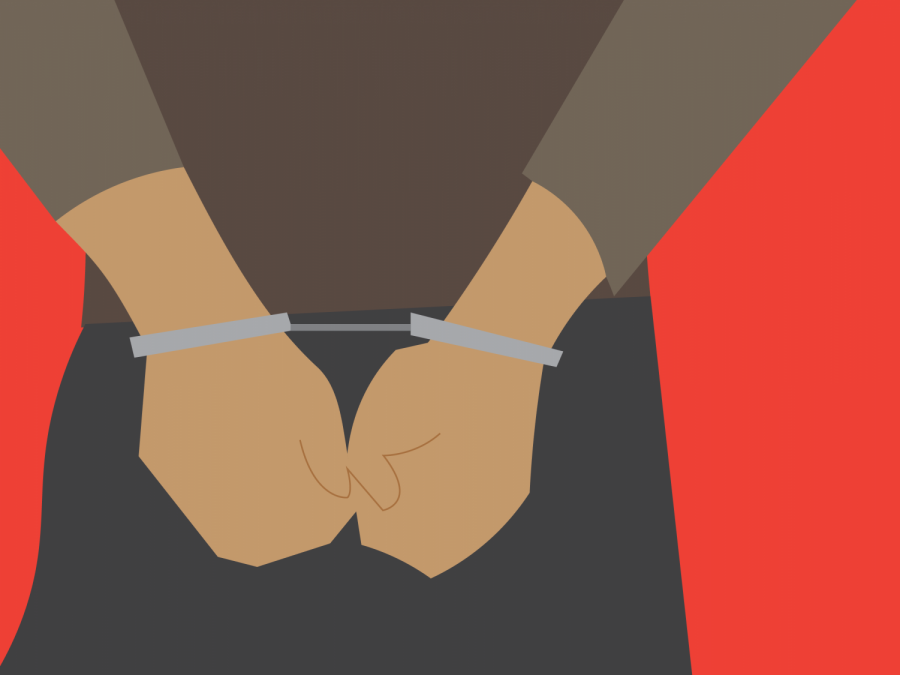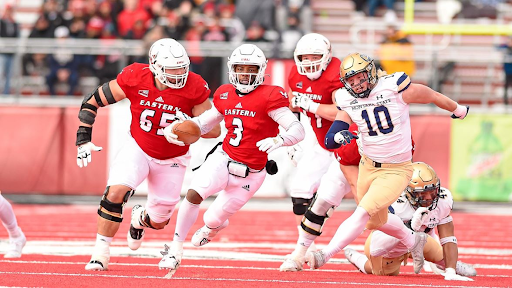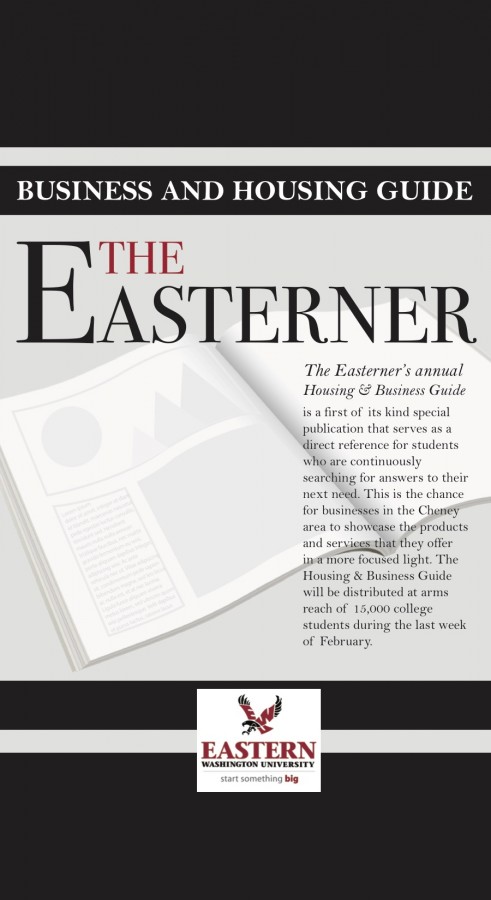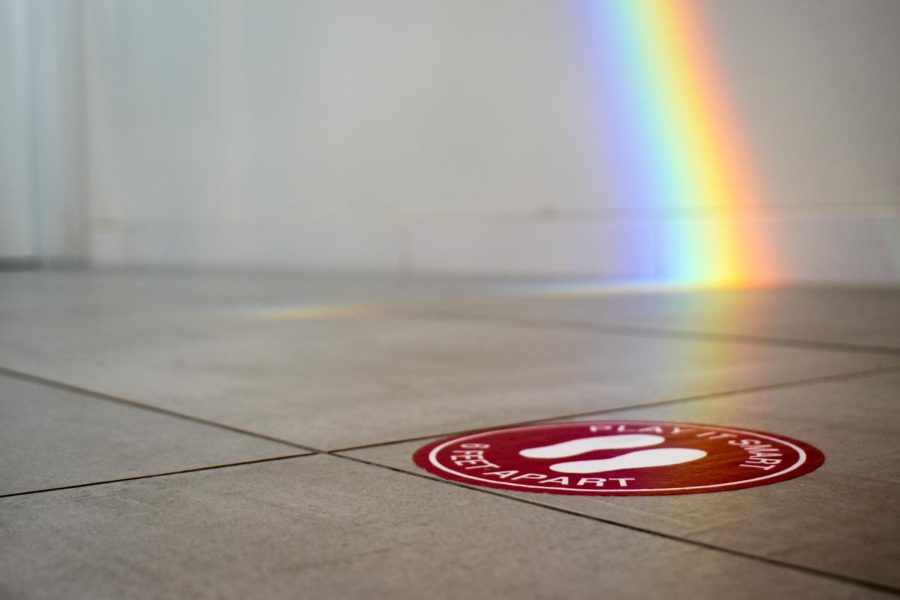easterner.opinion@gmail.com
If you ask any college student to tell you something that frustrates them, you are likely to hear something about textbooks.
It is no secret that textbooks are expensive. Students can save a lot of money by buying books from online retailers rather than university bookstores and other brick and mortar locations. Some students are still forced to buy their books from physical stores because they need their books immediately and don’t receive their financial aid until the beginning of the quarter. Even students that can afford to purchase their books before the quarter are well-advised to wait because often books that are listed by the bookstore as required for a course are rarely used, if at all.
Electronic readers have the potential to solve these problems. Consumers can buy from an online retailer and not wait for books to be shipped because they download to your device.
However, of all of the textbooks available from Amazon and other online retailers, only a tiny fraction of them are available for e-readers.
Books in certain subjects, such as design and technical writing, are fairly common in digital
format. However, it can be nearly impossible to find books for core subjects such as history, mathematics or the sciences.
The most popular e-reader, the Amazon Kindle, has been on the market for over five years. Despite the popularity of traditional books in this format, the market for electronic textbooks has not taken off. This is unfortunate because this technology has the ability to revolutionize the way students buy textbooks.
Students are naturally early adopters of technology. So why are we stuck with traditional textbooks? Why is the Kindle store loaded with the newest novels and
biographies while it is so hard to find a textbook?
What is stopping textbook publishers from making their products available in electronic format? Technological advances are good for both the consumer and the producer. They are less expensive to produce and shipping costs are eliminated. They take up less space and are easier to carry.
Numerous studies have shown that students are not buying electronic textbooks. But how much of this is due to not enough books being available to make it worth it to students to buy an e-reader?
Other students may be reluctant to buy electronic textbooks because they cannot be sold back at the end of the quarter.
Although students are lucky to get 50 percent back from a textbook, it is still something. An alternative to this could be digital rentals. The Eastern Bookstore and online retailers rent out physical textbooks. This can be an economical alternative to buying books, which may not even be able to be sold back due to new editions being used. E-book rentals have the potential to be even less expensive.
The college students of the future will have been raised on touchscreen tablets. For these students, books and e-books will be synonymous. They will demand digital textbooks. So why wait for the future? Digital textbooks can be adopted now.







